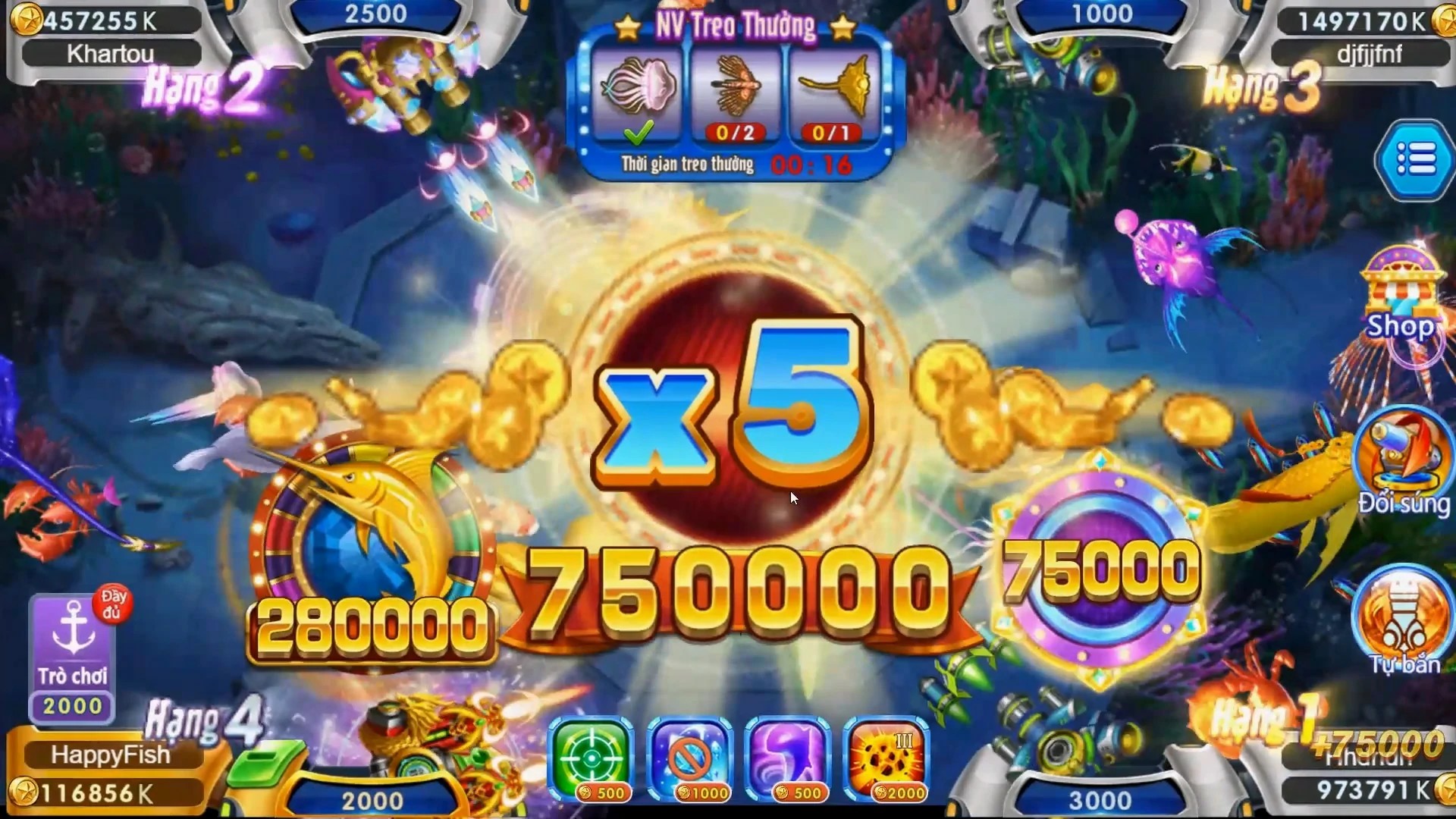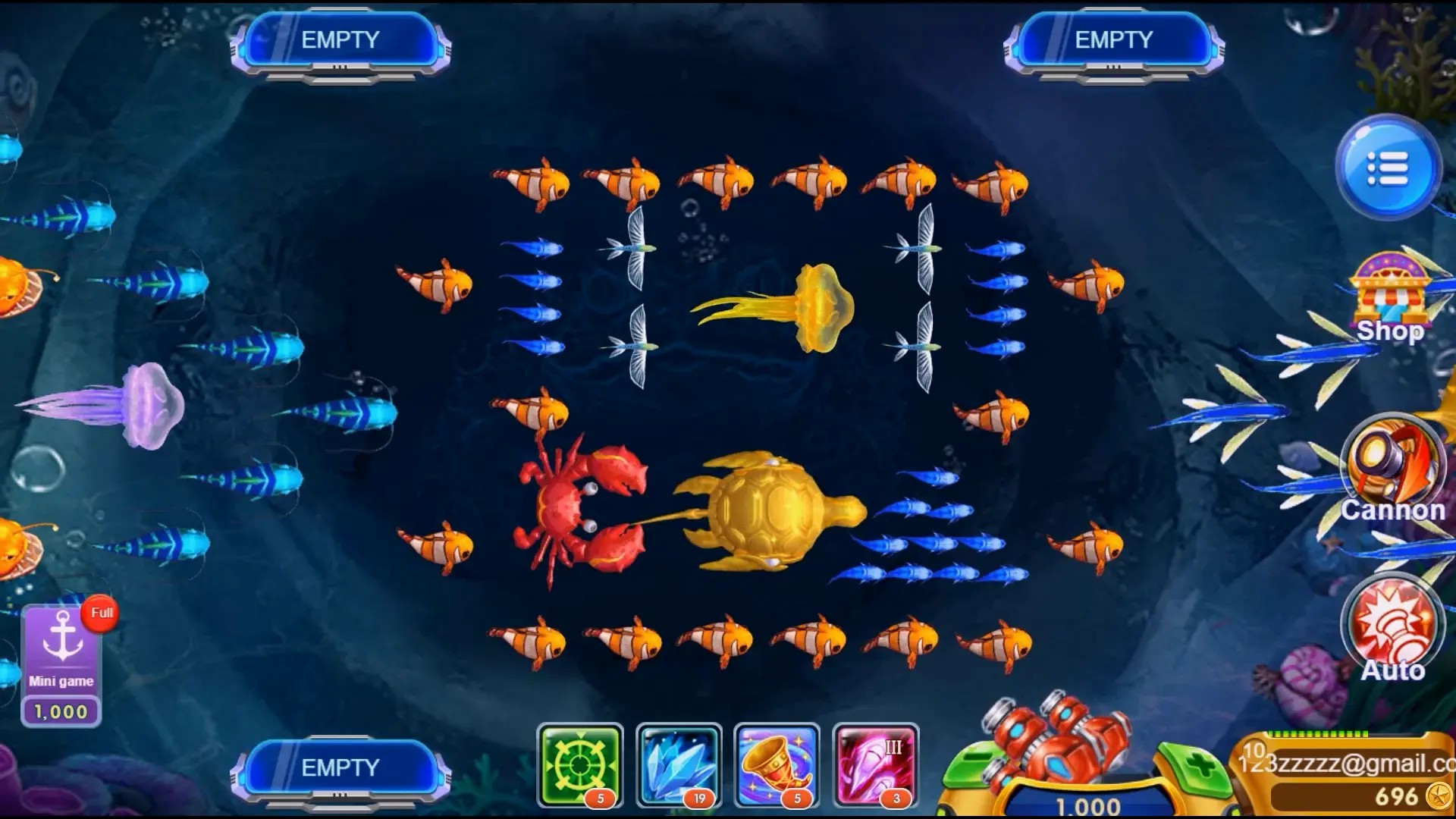How Sandbox Games Revolutionize the World of Simulation Games: A Deep Dive into Creativity and Freedom
Introduction to Sandbox Games
Sandbox games have taken the gaming world by storm, creating a unique blend of creativity and gameplay freedom. Unlike traditional simulation games that often restrict players to specific roles and objectives, sandbox games allow for unlimited exploration and personal expression. This article dives deep into how sandbox games reshape our understanding of simulation games.
The Essence of Sandbox Games
At their core, sandbox games are characterized by open-ended gameplay. Players can create, modify, and interact with game environments on their own terms. As a result, these games often encourage creativity, strategic thinking, and collaboration among players.
Comparison: Sandbox vs. Traditional Simulation Games
| Feature | Sandbox Games | Traditional Simulation Games |
|---|---|---|
| Gameplay | Open-ended, creative freedom | Structured, goal-oriented |
| User Control | High | Low |
| Creativity | Encouraged | Limited |
Innovations in Game Mechanics
Sandbox games introduce innovative game mechanics that enhance the player's experience. These mechanics often include building systems, dynamic environments, and crafting options. Players can construct intricate structures or modify the landscape, resulting in a personalized gameplay experience.
Examples of Popular Sandbox Games
- Minecraft: A blocky world where players can build anything they imagine.
- Roblox: A platform that allows users to create their own games and experiences.
- Terraria: A 2D sandbox adventure that offers vast exploration and building opportunities.
The Role of Community in Sandbox Games
Communities surrounding sandbox games often significantly contribute to their success. Players share tips, tutorials, and experiences which fosters collaboration. Many of these games feature modding capabilities, further allowing players to generate content and enhance their experience.
Customization and Player Experience
Customization is another pillar of sandbox games. Players can tailor their avatars, environments, and gameplay mechanics. This personal investment in game design boosts satisfaction and improves overall player experience.
Educational Value of Sandbox Games
Interestingly, sandbox games have found their way into educational settings. They offer hands-on learning experiences where users can tackle complex problems and hone essential skills such as critical thinking and collaboration.
The Economic Impact of Sandbox Games
The popularity of sandbox games has also crafted a new economic landscape. From in-game purchases to full franchise growth, developers see lucrative returns. Notably, games like Clash of Clans also began as sandbox environments, allowing users to build and fortify their bases, ultimately leading to a multi-million dollar industry.
Clash of Clans Builder Base Level 8: The Best Defense Strategies
For avid players of Clash of Clans looking to establish a strong builder base at level 8, it’s crucial to create effective defenses. Here are a few tips:
- Utilize the *Cannon* for ground attacks.
- Place *Archer Towers* strategically for maximum coverage.
- Consider using the *Crusher* to deter attackers significantly.
The Future of Sandbox and Simulation Games
With technology continuously evolving, the future of sandbox games looks promising. Enhanced graphics, realistic physics, and immersive virtual reality experiences are just around the corner. These advancements will likely push the boundaries of simulation games further.
Conclusion
In conclusion, sandbox games are revolutionizing the simulation genre by offering players unparalleled creativity and freedom. As the lines blur between gaming and creativity, more individuals are expected to engage with these platforms. Whether for entertainment, learning, or community building, sandbox games are truly paving the way for the future of virtual experiences.



